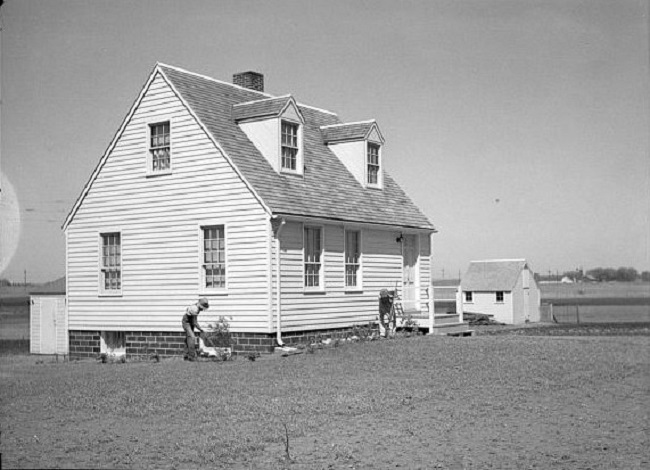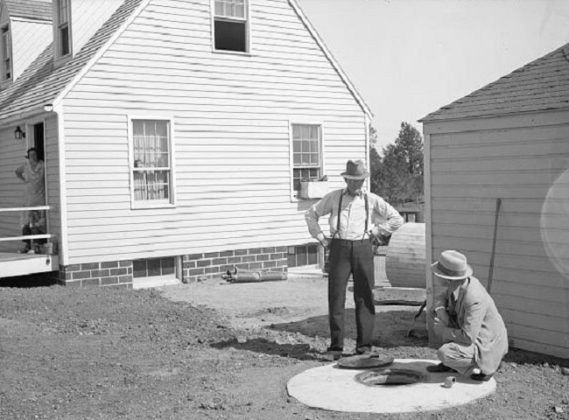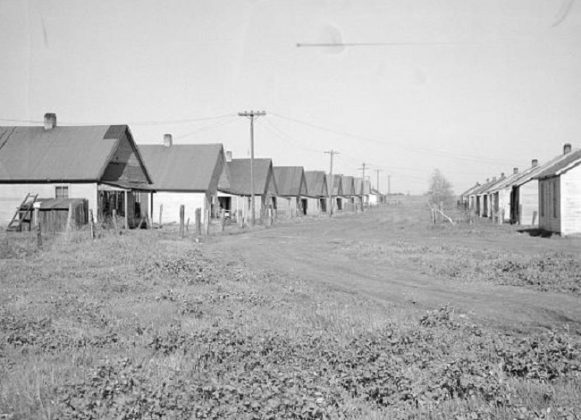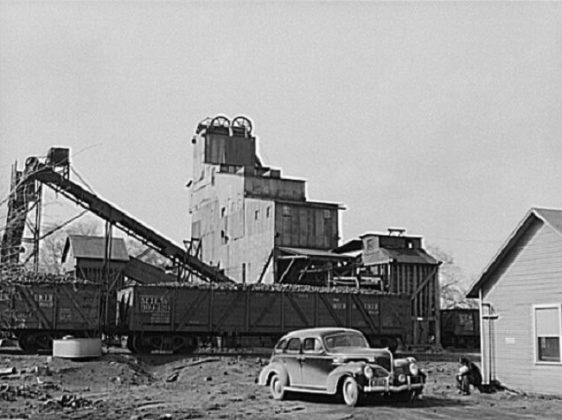
In the small town of Granger, coal mining was the number one industry in the area in the 1930 but because it was seasonal work, it caused problems with the men working the mines. Their work most times slacked off in April and did not pick up again until sometime in September.
As a result, their cash was usually too low to have a decent standard of living. Most of the workers lived near the mines in homes that were owned by the mine operators, and the rent was taken from the miners’ pay.
These house were poorly built and small in size, producing overcrowded and unsanitary neighborhoods. Most of the miners were in poor heath, and they had few if any cultural and educational facilities.
The Division of Subsidence Homestead was set up by the U.S. Department of the Interior in 1933 to help low-income workers to attain a healthy and dignified quality of life. Father Luigi Gino Ligutti of the Catholic parochial school started a drive to get a division project placed near Granger.
The Homestead Division approved the project in March 1934, acquiring 224 areas of land just west of town. Granger Homestead was started to provide 50 miners with modern homes at low cost to them. In February 1935 they signed a contact with Lovejoy Co. of Des Monies for the building of 50 homes.
The plan was for four-, five- and six-room houses, and the construction was completes by
December 1935. Each house had two stories and a full basement. Inside walls were plywood, and the ceilings were celotex.
Mechanical equipment included modern plumbing, closets, hot air furnaces and hot water heaters. Each home had its own well with an electric pump and a septic system.
The cost of each home was about $2,232 and the total cost, including outbuilding, land, utilities and house was about $4,097. The units rented for $13.96 to $18.59 a month.
One lot was set aside for a community building, a place for meetings, working space, canning and more. Children attended the Granger Public School or the Assumption Catholic School in Granger. The library was run by the women’s club of the project.
Some homesteaders spoke little English and were not able to take part in all community events. An unusual custom deriving from the European background of some of the homesteaders was the practice of using the basement for living and not the first floor.
All homes had well-finished basements, with tiled walls and cement floors. A large number of the mining families moved their kitchen stove to the basement, along with floor lamps, tables, radios and other furniture, and the basement became their kitchen, dining room and living room.
After World War II, the homestead had its biggest change. In 1946 the Dallas Mine closed down, putting the miners out of work, but they had struck roots and stayed in Granger. Some found work in the Shuler Mine at Waukee, but most found work in Des Moines, Perry and Ames.
By 1946 the Association owed the government just $24,594.62. In January 1951, the Granger Homestead families celebrated a mortgage burning at the Assumption school. Only eight members had not paid off their homes in full, and they arranged for a private loan.
By 1951 32 of the original 50 families were left. In the history of the homestead, no one had defaulted on their loan.
Today, the Granger Homestead is filled with new homes, and many of the original ones have additions. West of town, the Beaver Catholic Cemetery is filled with the names of families whose lives were changed thanks to this successful federal housing program — where Biondi, Battani, Callan, Comer and so many others are neighbors in death as they were in life.
Fr. Ligutti died in 1988 and just as he predicted, he is buried here as well. “At Rest Among the People He Loved” is graven on his marker.



















